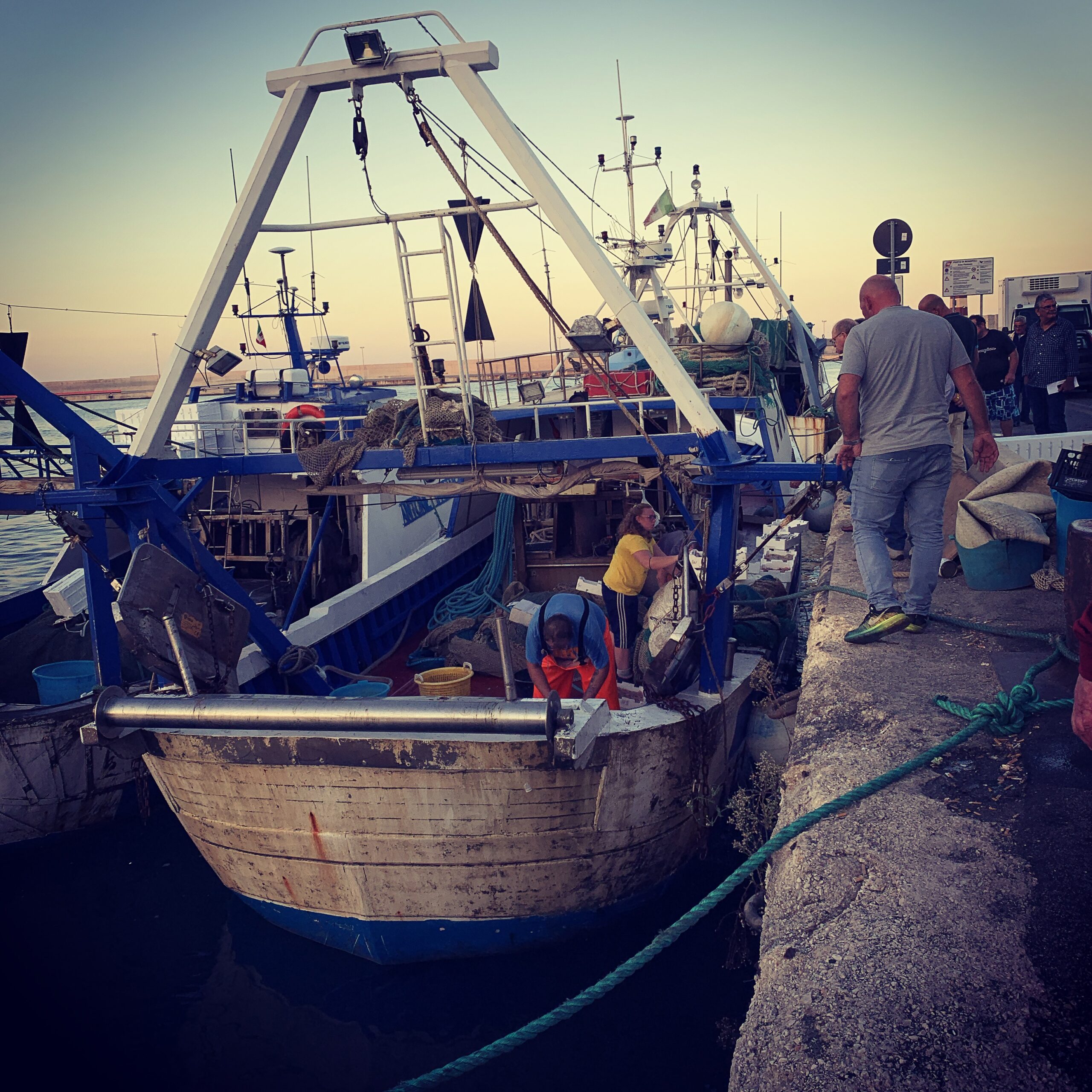Imagine a startup as a ship venturing into the uncertain oceans. This maritime analogy is not just a stylistic exercise: it perfectly captures the complexity and dynamics of the relationship between investors and entrepreneurs. Between favorable winds and unexpected storms. The success of the journey depends on the harmony between the captain and their strategic supporters. Discover the 5 essential steps an investor must follow to effectively contribute to this adventure.
1. The journey begins with the captain
Before even boarding, the investor must identify the right captain — who isn’t always the founder. Because it’s not so much the boat that matters but the one who steers it. The evaluation focuses on:
- Their strategic vision and ability to see beyond the horizon
- Their leadership and ability to build and lead a crew
- Their resilience in the face of inevitable storms
- Their adaptability when winds change direction
2. The destination: A shared vision
Once the captain is chosen, the investor participates in defining the route while keeping in mind the triple performance – economic, social, and environmental:
- They share their knowledge of previously navigated waters (market experience)
- They help identify favorable currents (opportunities, tailwinds) and reefs (risks)
- They contribute to establishing clear and measurable waypoints on all three performance axes
- They ensure the final destination is both ambitious and achievable, while maintaining a balance between profitability, social impact, and environmental responsibility
- They ensure the chosen route creates sustainable value for all stakeholders
3. The investor, a crew member
Once aboard, the investor becomes an active crew member. Their role is multifaceted:
- Identifying critical business needs
- Providing strategic resources
- Sharing expertise and network
- Supporting the team during difficult times
4. The lighthouse of the journey
The investment journey unfolds in several crucial phases, and the investor’s role evolves at each stage:
- Boarding: Due diligence and investment decision
- Navigation: Active support and strategic guidance
- Stopovers: Evaluation, adjustment and support during fundraising moments
- Arrival: Exit decision or reinvestment
However, this lighthouse role can only be fully effective if the investor is recognized and accepted as a full crew member. Without this integration and mutual trust:
- Crucial information may not surface in time
- Advice risks being poorly received or ignored
- Support loses relevance and impact
- Collaboration becomes superficial rather than strategic
The quality of observation and support therefore directly depends on the trust relationship established with the captain and their crew.
5. The crucial decision: continue or disembark
At each stopover of the journey, when the ship stops at a refuel and bring onboard new crew member if needed, the investor must evaluate the position and make strategic decisions. This flexibility is essential for:
- Optimizing return on investment
- Maintaining a healthy relationship with the team
- Ensuring continuous alignment with initial objectives
Anticipating key moments is crucial: exit or reinvestment should never be surprising for the captain. Like any good sailor, the investor must prepare their disembarkation well before arriving at a port, by:
- Clearly communicating their intentions and time horizon
- Preparing the transition with the crew
- Ensuring the captain maintains control of their ship
- Facilitating the potential arrival of new investors
Investment is a journey that requires commitment, patience, and adaptability. As with any sea voyage, success depends on the quality of the captain, the strength of the crew, and everyone’s ability to work together toward a common destination.

